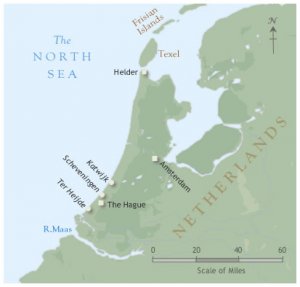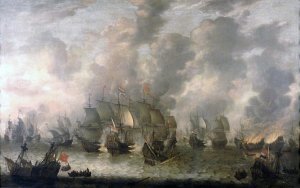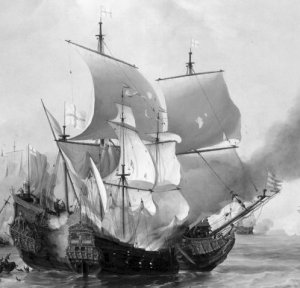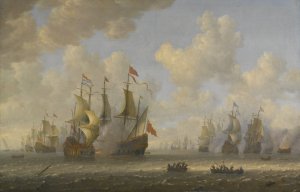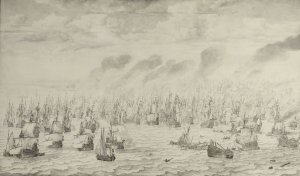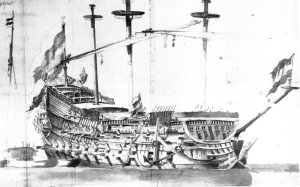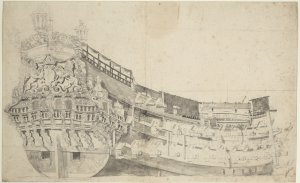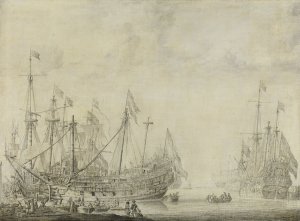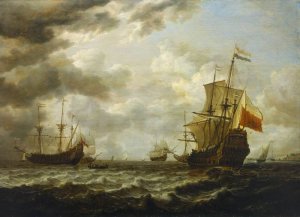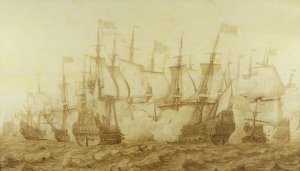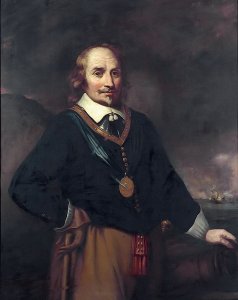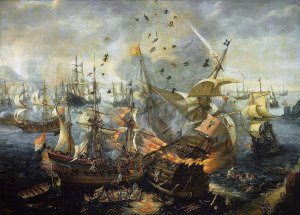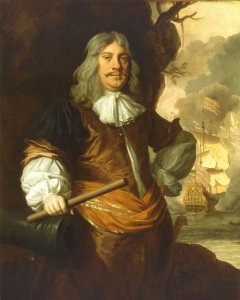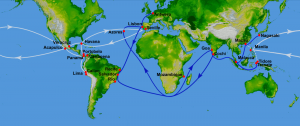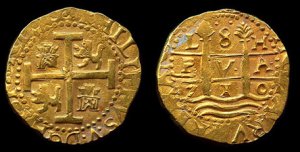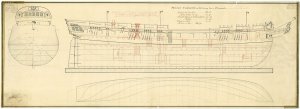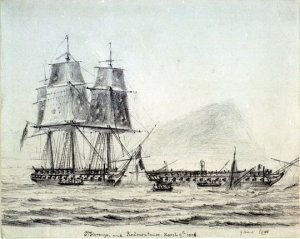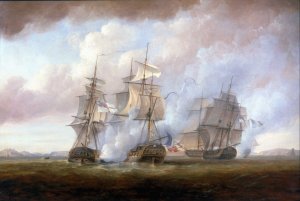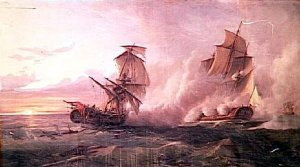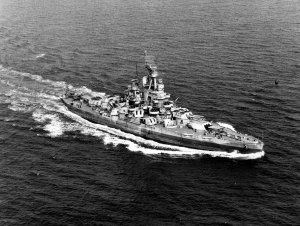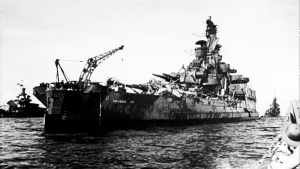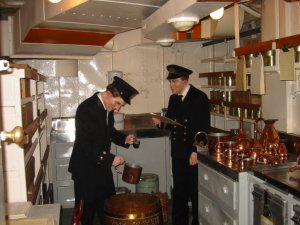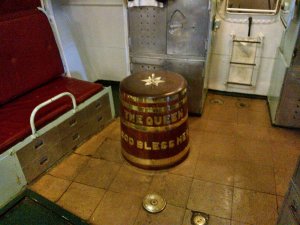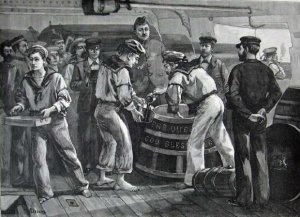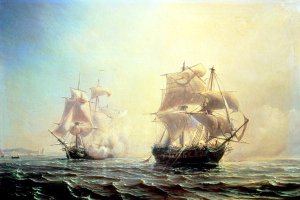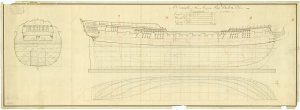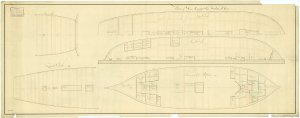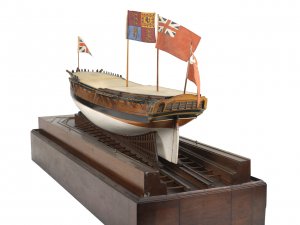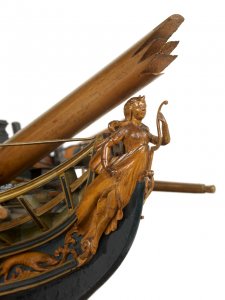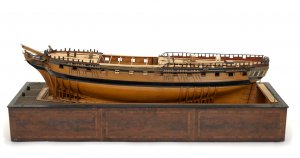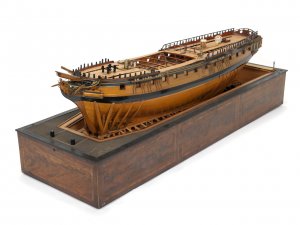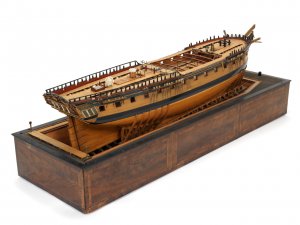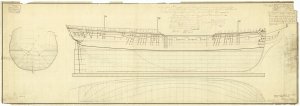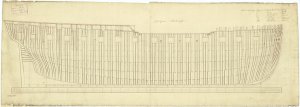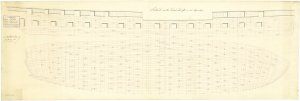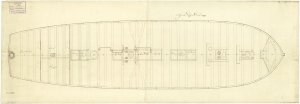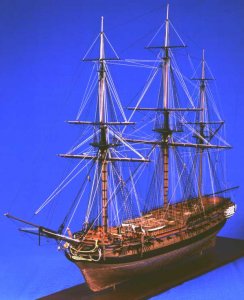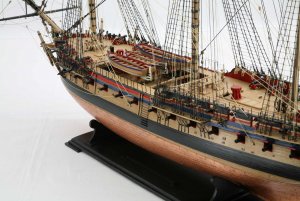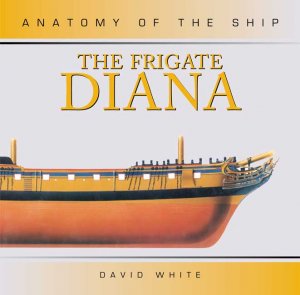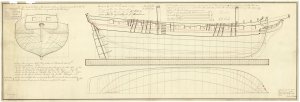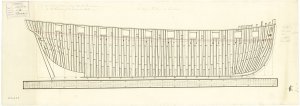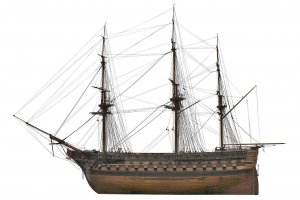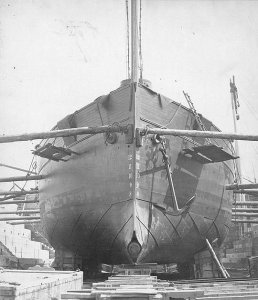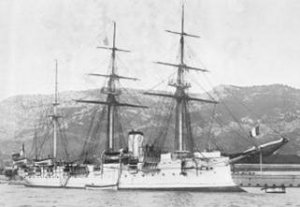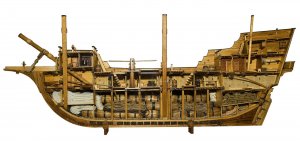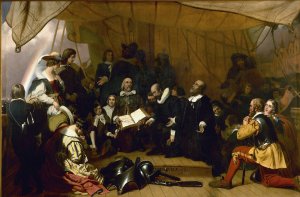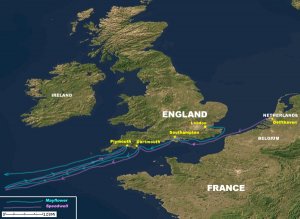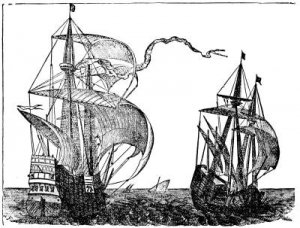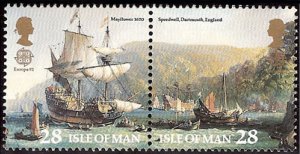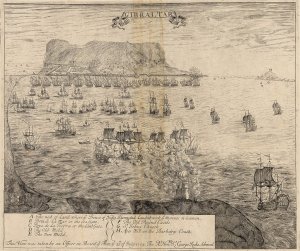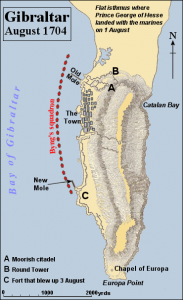28 July 1854 – USS Constellation (1854), the last all-sail warship built by the United States Navy, is commissioned
USS Constellation is a sloop-of-war, the last sail-only warship designed and built by the United States Navy. She was built in 1854, using a small amount of material salvaged from the frigate USS Constellation, which had been disassembled the year before. Despite being a single-gundeck "sloop," she is actually larger than her original frigate build, and more powerfully armed with fewer but much more potent shell-firing guns.
The sloop was launched on 26 August 1854 and commissioned on 28 July 1855 with Captain Charles H. Bell in command. She remained in service for close to a century before finally being retired in 1954. She is now preserved as a museum ship in Baltimore, Maryland, and is a National Historic Landmark.
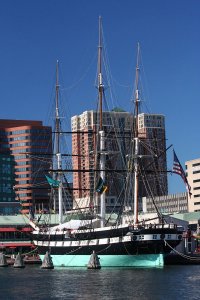
Constellation at Baltimore's Inner Harbor
Design and construction
From 1816 to the 1830s, the Navy accumulated extensive stocks of live oak timbers for use in new warship construction under the provisions of the Act for the Gradual Increase of the Navy of the United States, passed in 1816. In the early 1850s, the Navy decided to build a new sail-powered ship using these existing stockpiles, calling for a sloop-of-war that would be fast, with a long endurance, and sufficiently armed to be capable of engaging other warships of her type. This would produce a capable warship while keeping costs low since the material used was already on hand and an expensive steam engine would not be required. Chief Constructor John Lenthall prepared the design, along with Edward Delano, the constructor of the Gosport Shipyard. In June 1853, Lenthall completed the hull half model, which was necessary to scale up the design and to prepare the necessary hull timbers. During this period, the new vessel's namesake, Constellation, was in the process of being broken up a short distance away in the Gospart yard.
Beginning in May 1853, work on assembling the timbers commenced, as the shipyard workers prepared to start construction of the new sloop-of-war. The vessel's keel was laid down on 25 June 1853, using material from the oak stockpile; her sternpost was erected on 27 August, and her stem followed a couple of weeks later. She was launched on 26 August 1854 at 11:45. Fitting-out work then commenced, which included the installation of her masts, rigging, and armament.
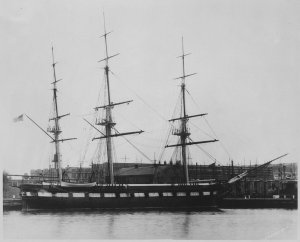
Constellation in 1926
Characteristics
Constellation was 181 feet (55 m) long at the waterline and 199 feet (61 m) long overall. She had a beam of 41 feet (12 m) at the waterline, and was 43 feet (13 m) across at her widest point. Her maximum draft was 21 feet (6.4 m) at a full load displacement of 1,400 long tons (1,400 t). The ship's crew numbered 21 officers and 265 enlisted men.
In her original configuration, Constellation was armed with a battery of sixteen 8-inch (200 mm) shell-firing guns and four 32-pounder guns mounted on her gun deck in the main battery. On her spar deck, she carried a pair of chase guns; a 30-pounder Parrott rifle was placed in the bow and a 20-pounder Parrott rifle was placed in the stern. She also carried three 12-pounder boat howitzers.
Service
Constellation was commissioned on 28 July 1855, under the command of Captain Charles H. Bell. She immediately departed for a tour with the Mediterranean Squadron that lasted three years.
....................................
https://en.wikipedia.org/wiki/USS_Constellation_(1854)
USS Constellation is a sloop-of-war, the last sail-only warship designed and built by the United States Navy. She was built in 1854, using a small amount of material salvaged from the frigate USS Constellation, which had been disassembled the year before. Despite being a single-gundeck "sloop," she is actually larger than her original frigate build, and more powerfully armed with fewer but much more potent shell-firing guns.
The sloop was launched on 26 August 1854 and commissioned on 28 July 1855 with Captain Charles H. Bell in command. She remained in service for close to a century before finally being retired in 1954. She is now preserved as a museum ship in Baltimore, Maryland, and is a National Historic Landmark.

Constellation at Baltimore's Inner Harbor
Design and construction
From 1816 to the 1830s, the Navy accumulated extensive stocks of live oak timbers for use in new warship construction under the provisions of the Act for the Gradual Increase of the Navy of the United States, passed in 1816. In the early 1850s, the Navy decided to build a new sail-powered ship using these existing stockpiles, calling for a sloop-of-war that would be fast, with a long endurance, and sufficiently armed to be capable of engaging other warships of her type. This would produce a capable warship while keeping costs low since the material used was already on hand and an expensive steam engine would not be required. Chief Constructor John Lenthall prepared the design, along with Edward Delano, the constructor of the Gosport Shipyard. In June 1853, Lenthall completed the hull half model, which was necessary to scale up the design and to prepare the necessary hull timbers. During this period, the new vessel's namesake, Constellation, was in the process of being broken up a short distance away in the Gospart yard.
Beginning in May 1853, work on assembling the timbers commenced, as the shipyard workers prepared to start construction of the new sloop-of-war. The vessel's keel was laid down on 25 June 1853, using material from the oak stockpile; her sternpost was erected on 27 August, and her stem followed a couple of weeks later. She was launched on 26 August 1854 at 11:45. Fitting-out work then commenced, which included the installation of her masts, rigging, and armament.

Constellation in 1926
Characteristics
Constellation was 181 feet (55 m) long at the waterline and 199 feet (61 m) long overall. She had a beam of 41 feet (12 m) at the waterline, and was 43 feet (13 m) across at her widest point. Her maximum draft was 21 feet (6.4 m) at a full load displacement of 1,400 long tons (1,400 t). The ship's crew numbered 21 officers and 265 enlisted men.
In her original configuration, Constellation was armed with a battery of sixteen 8-inch (200 mm) shell-firing guns and four 32-pounder guns mounted on her gun deck in the main battery. On her spar deck, she carried a pair of chase guns; a 30-pounder Parrott rifle was placed in the bow and a 20-pounder Parrott rifle was placed in the stern. She also carried three 12-pounder boat howitzers.
Service
Constellation was commissioned on 28 July 1855, under the command of Captain Charles H. Bell. She immediately departed for a tour with the Mediterranean Squadron that lasted three years.
....................................
https://en.wikipedia.org/wiki/USS_Constellation_(1854)



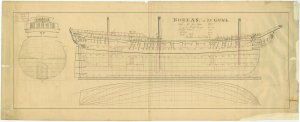
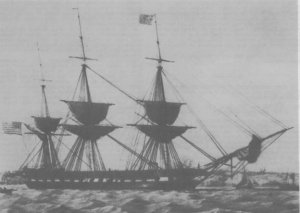
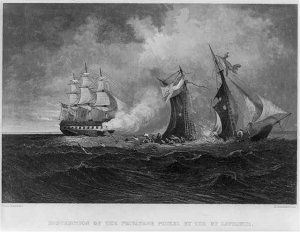
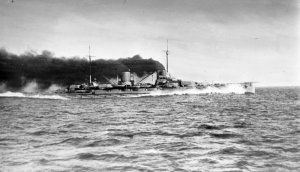
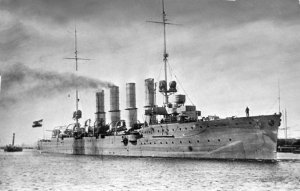
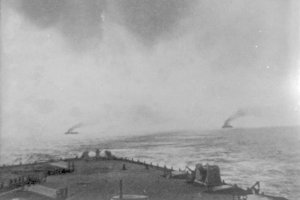
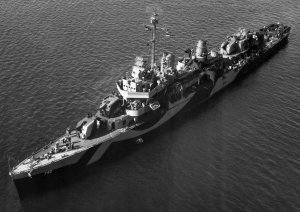

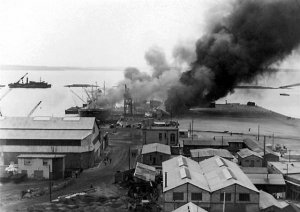
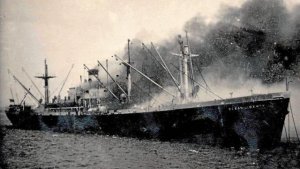
 _de_l'Ocean_Liberty
_de_l'Ocean_Liberty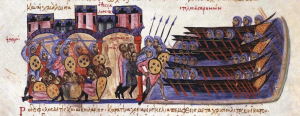
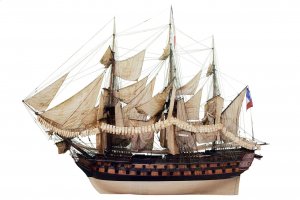
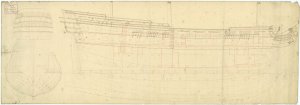
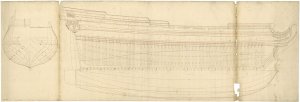
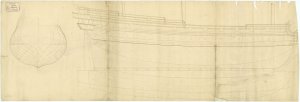

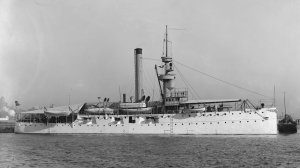
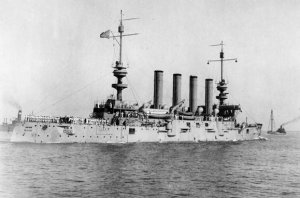

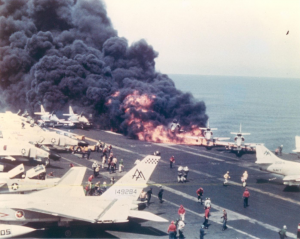

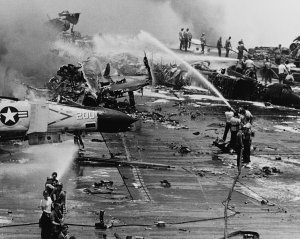
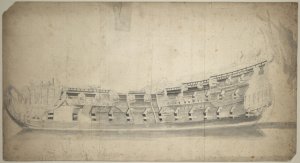
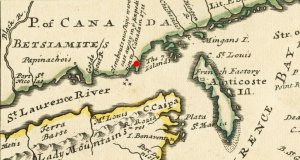
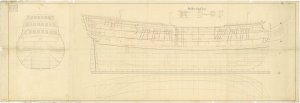
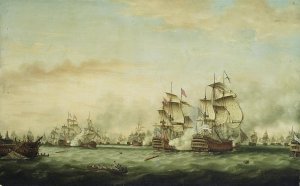
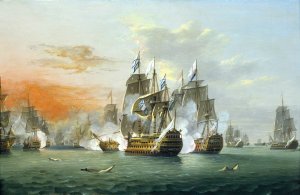
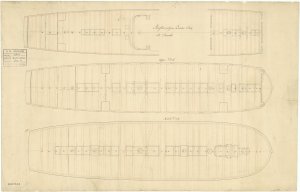
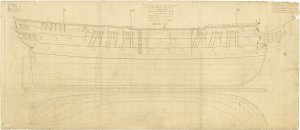
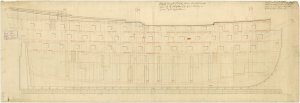
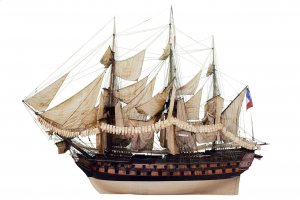
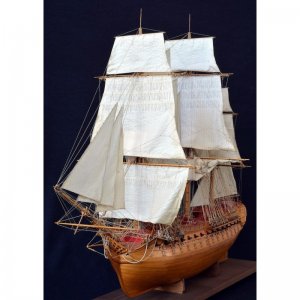
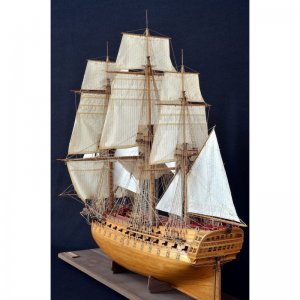
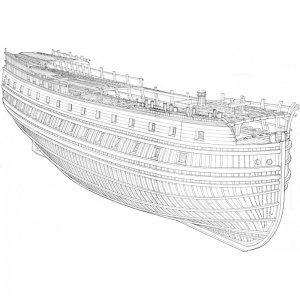
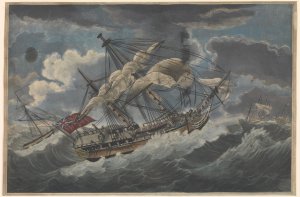

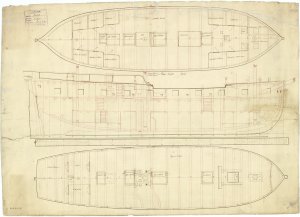

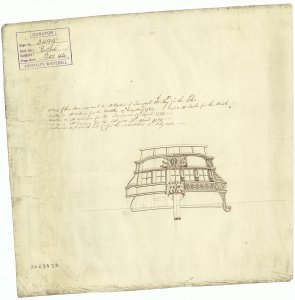
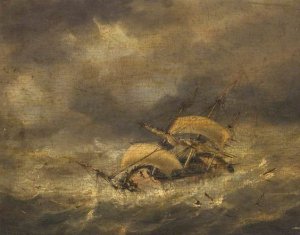
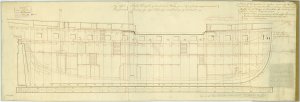
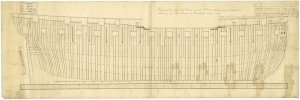
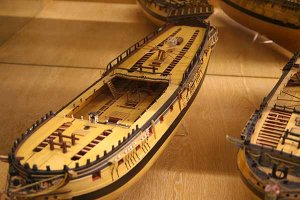
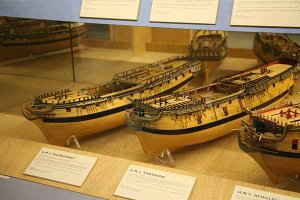

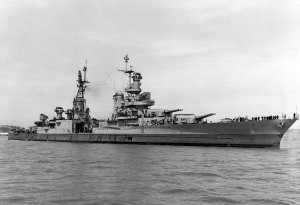
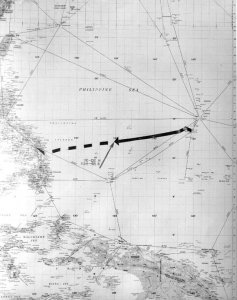
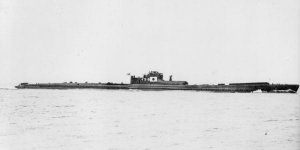
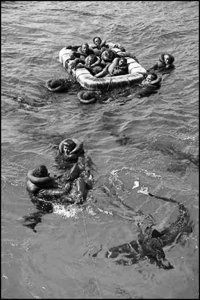
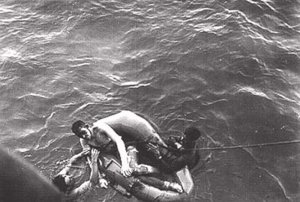
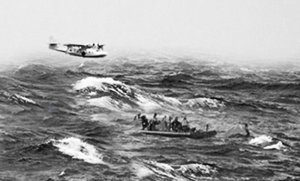
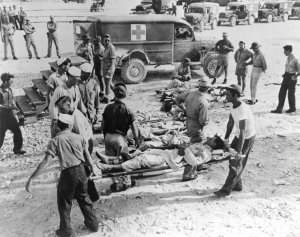
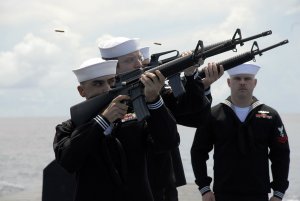

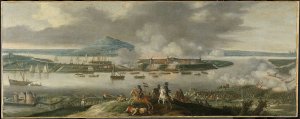


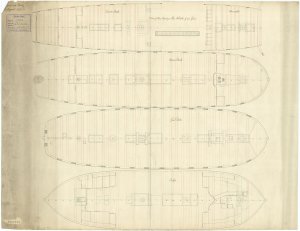
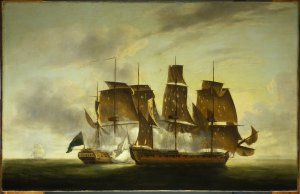
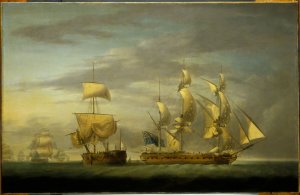
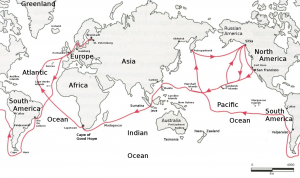
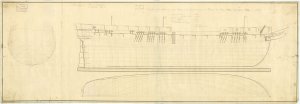

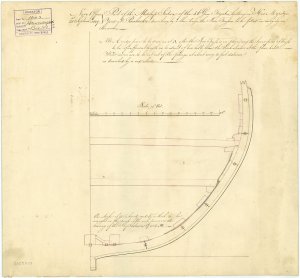
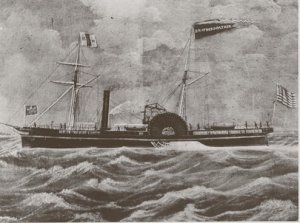
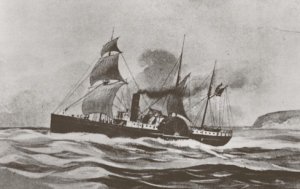
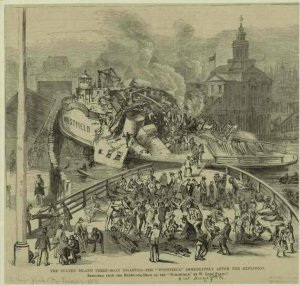
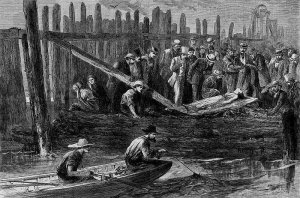
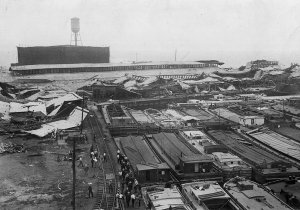
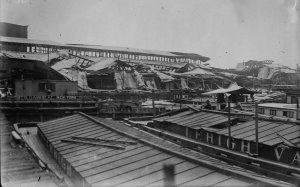
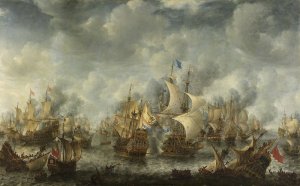
 straaten, painted c. 1654, depicts the final battle of the
straaten, painted c. 1654, depicts the final battle of the 